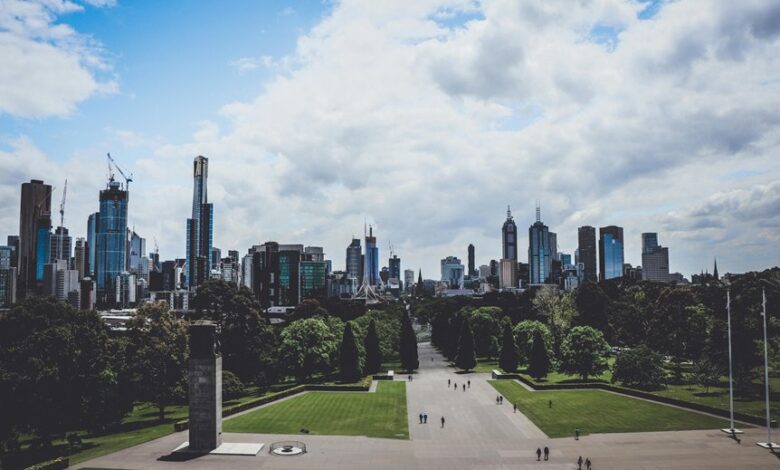What Is Cbd in Ap Human Geography

Central Business Districts (CBDs) are pivotal components of urban geography, serving as the economic heart of cities. They are characterized by a high density of commercial activities, office buildings, and cultural institutions. CBDs influence urban planning and transportation networks significantly. However, their presence can also lead to gentrification and social inequality, raising questions about accessibility and community dynamics. This complexity warrants a closer examination of how CBDs shape urban landscapes and societal interactions.
Definition and Characteristics of CBD
The Central Business District (CBD) serves as the commercial and economic heart of urban areas, characterized by a concentration of retail, office spaces, and cultural institutions.
In urban economics, CBDs function as key commercial zones, facilitating economic transactions and attracting business investments.
Their strategic locations often enhance accessibility, fostering a dynamic interplay between commerce and urban life essential for economic growth and development.
Functions of the Central Business District
Vital to urban functionality, the Central Business District (CBD) serves multiple essential roles within a city.
It acts as a hub of retail diversity, attracting consumers and stimulating economic activity. Additionally, the CBD is crucial for urban planning, facilitating efficient transportation networks and public spaces.
Its concentration of businesses and services fosters innovation and collaboration, enhancing the overall vibrancy of urban life.
Spatial Distribution of CBDs in Urban Areas
Although Central Business Districts (CBDs) are typically situated at the heart of urban areas, their spatial distribution can vary significantly based on geographic, economic, and historical factors.
Urban land use patterns influence where CBDs develop, often leading to concentrations of specific economic activities. Proximity to transportation hubs, historical settlement patterns, and local policies further shape the distribution and functionality of CBDs within urban environments.
Impact of CBDs on Urban Development and Society
CBDs play a significant role in shaping both urban development and societal dynamics. Their concentration of resources often leads to gentrification effects, displacing long-standing communities and exacerbating economic disparities.
As wealthier populations move in, essential services may improve, but access becomes limited for lower-income residents. This duality highlights the complex relationship between CBD growth and the socio-economic fabric of urban environments.
Conclusion
In summary, Central Business Districts (CBDs) play a pivotal role in shaping urban landscapes and fostering economic activity. Their concentration of retail, office spaces, and cultural institutions not only drives growth but also influences social dynamics within cities. As these areas evolve, they may inadvertently contribute to gentrification and disparities, highlighting the complex interplay between commerce and community. Understanding CBDs enables a nuanced perspective on urban development, revealing both opportunities and challenges that cities must navigate in an ever-changing environment.



